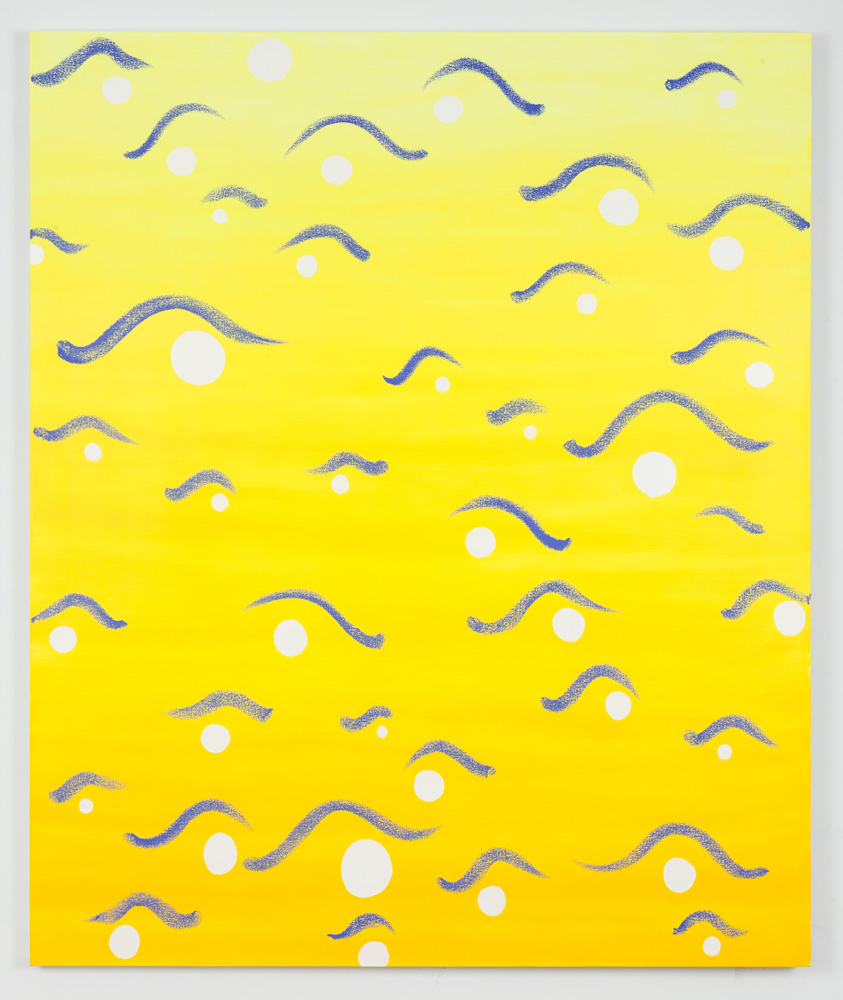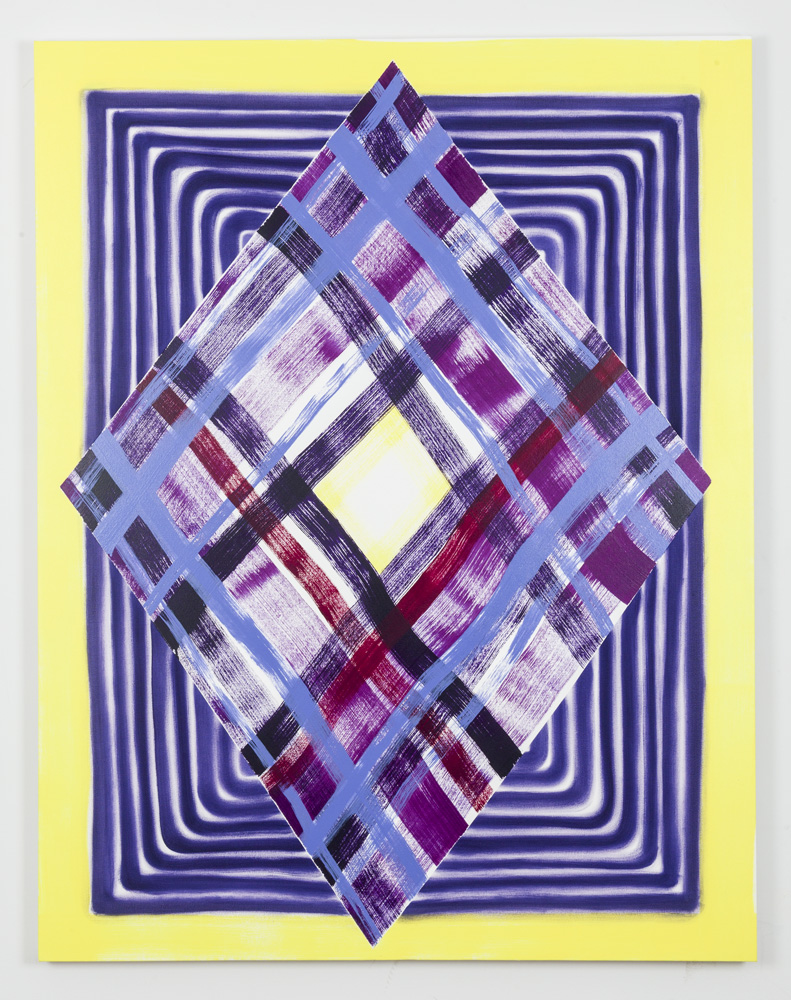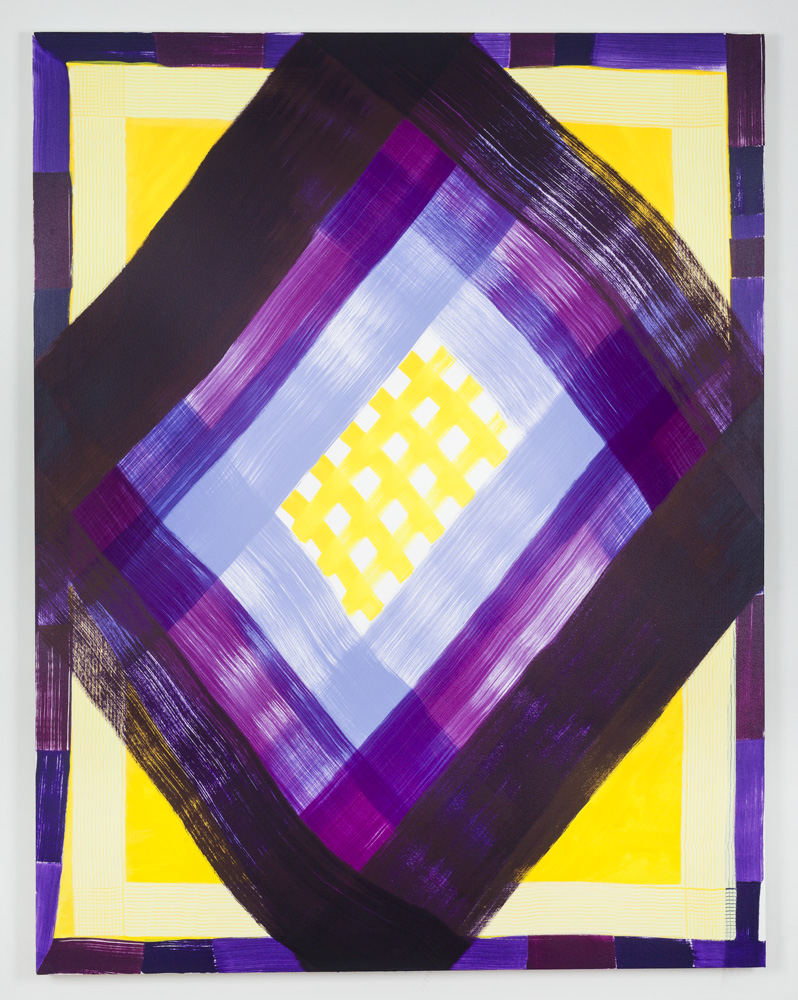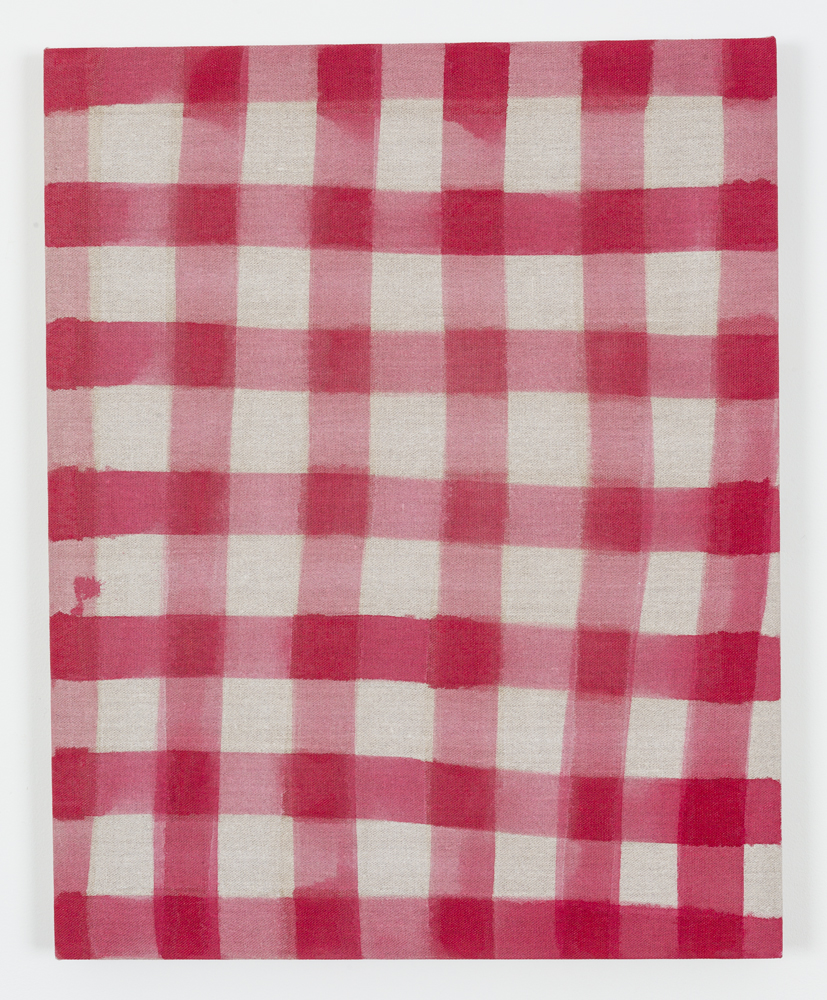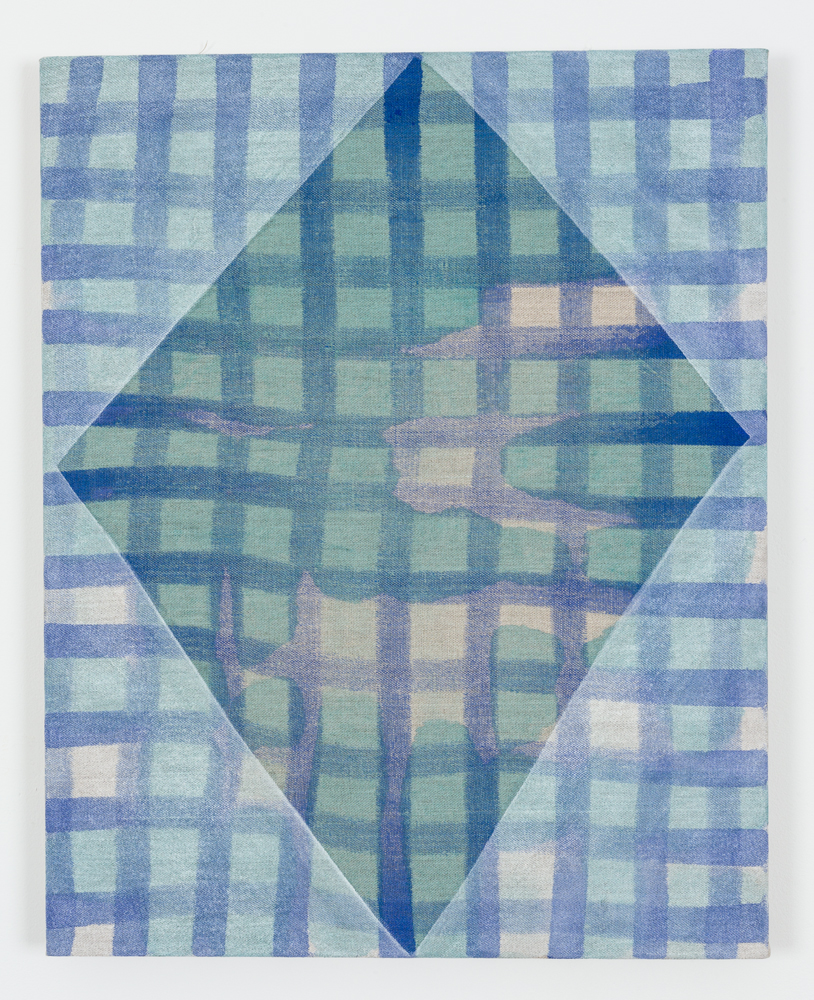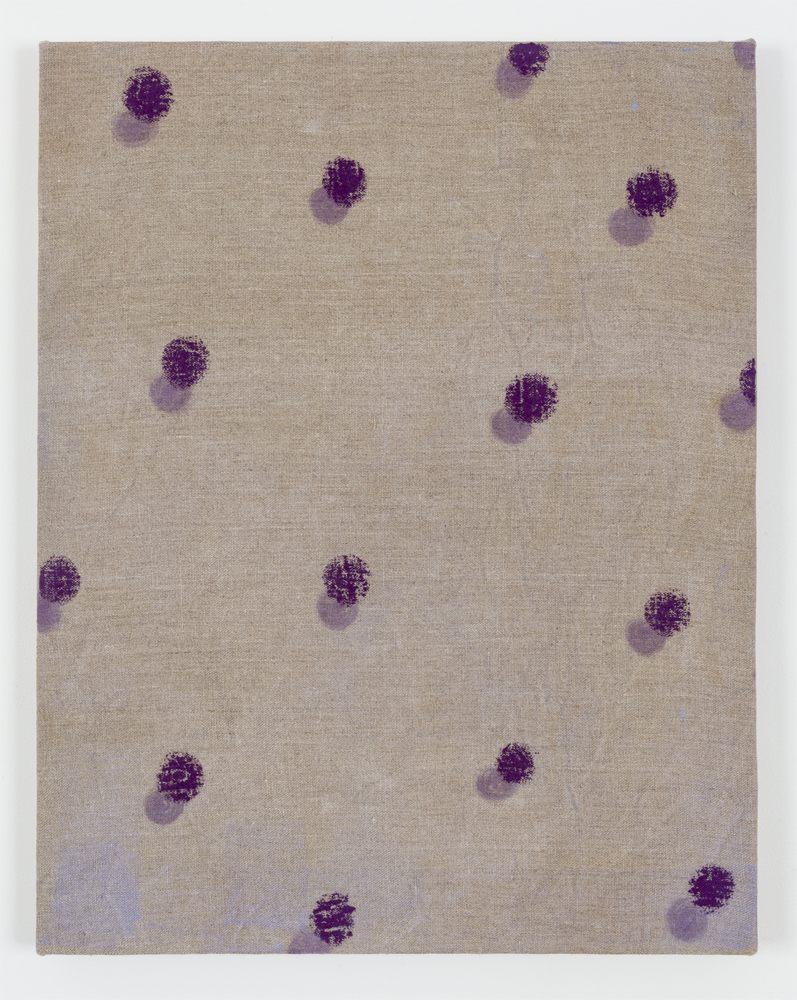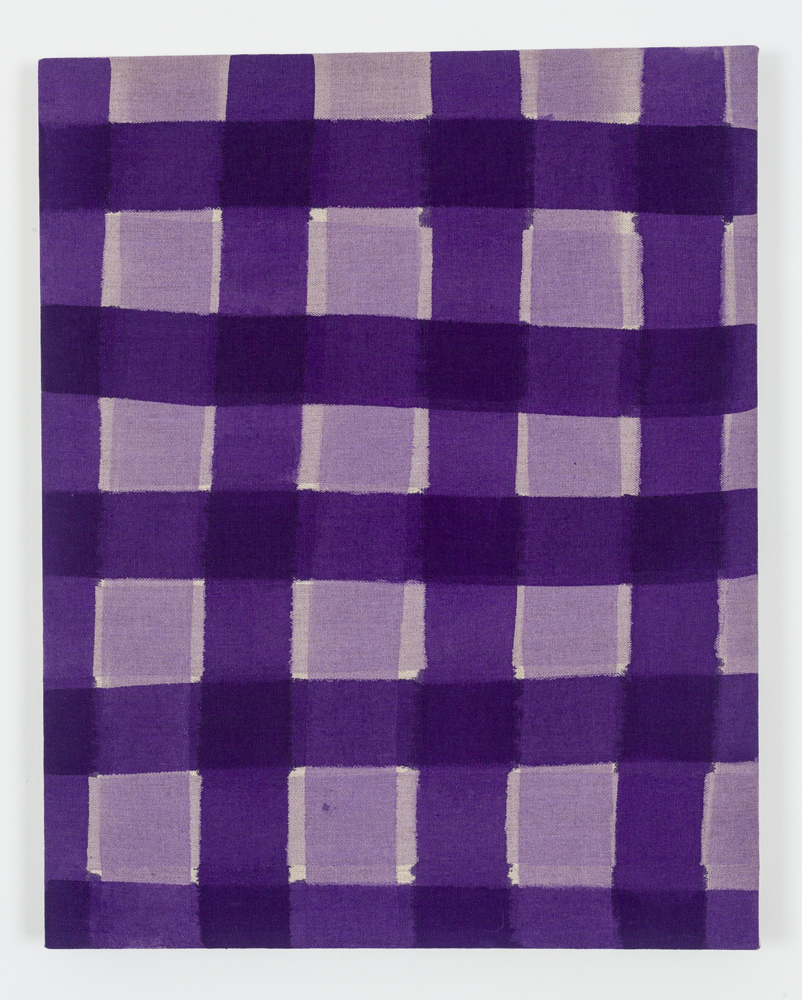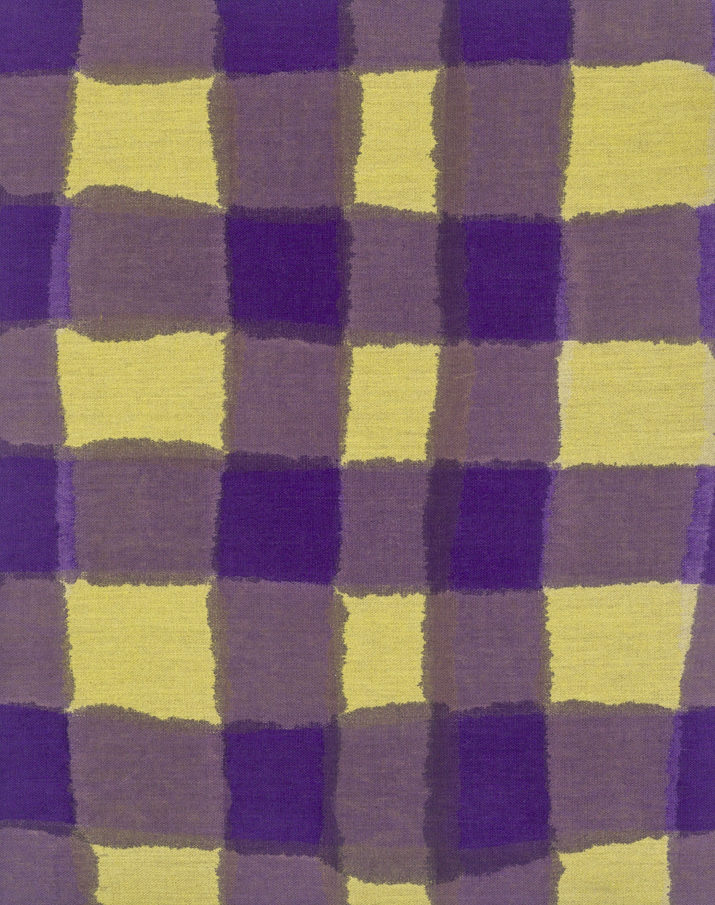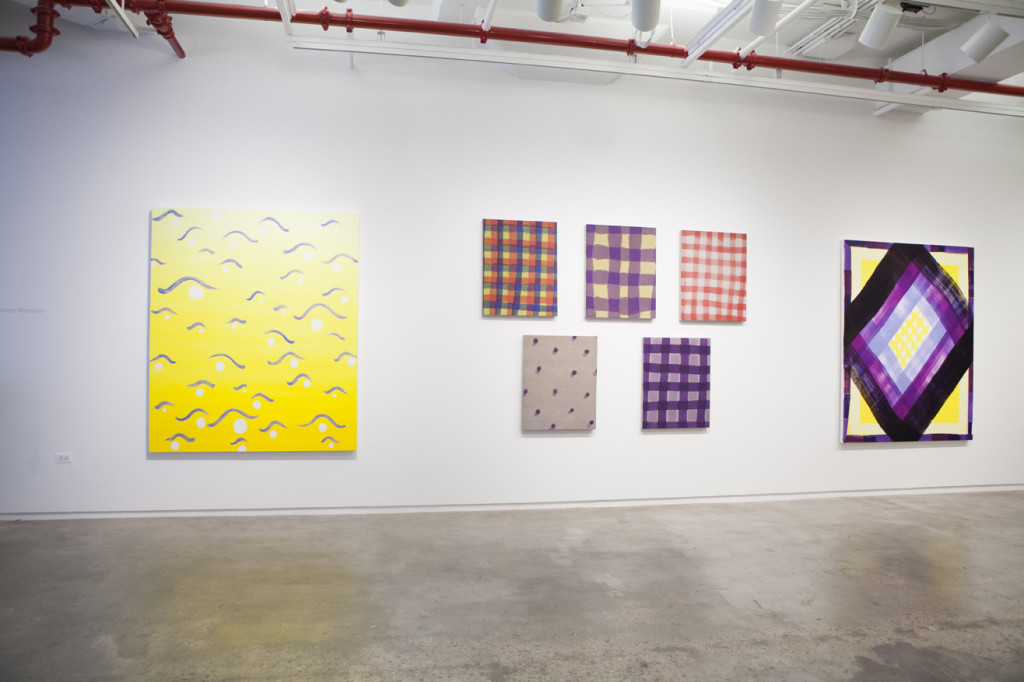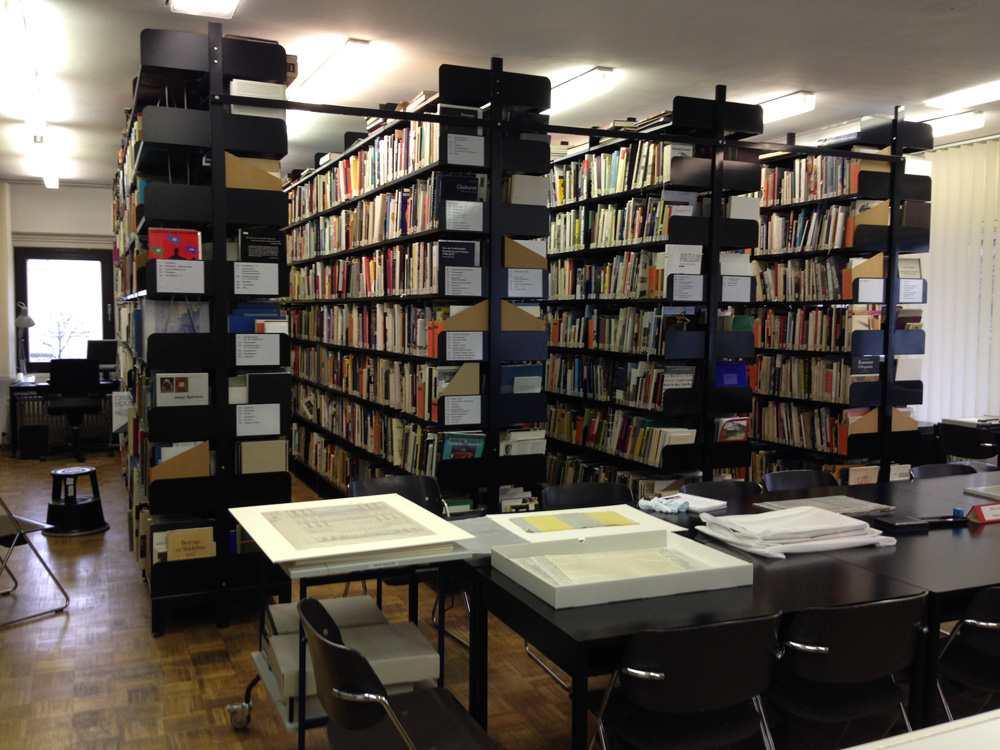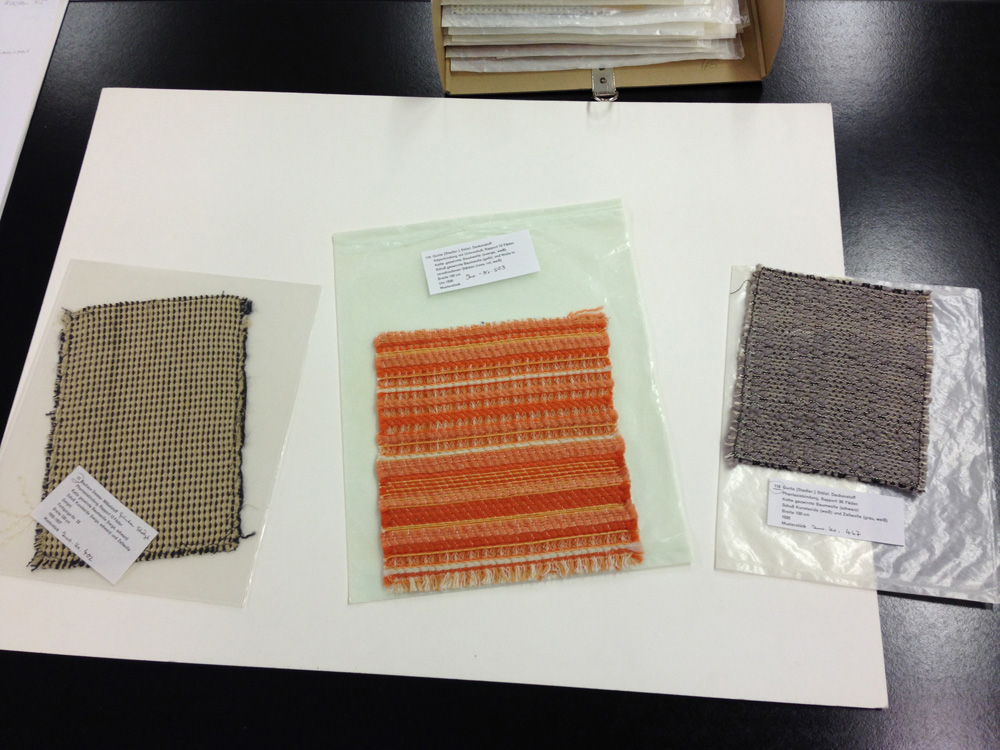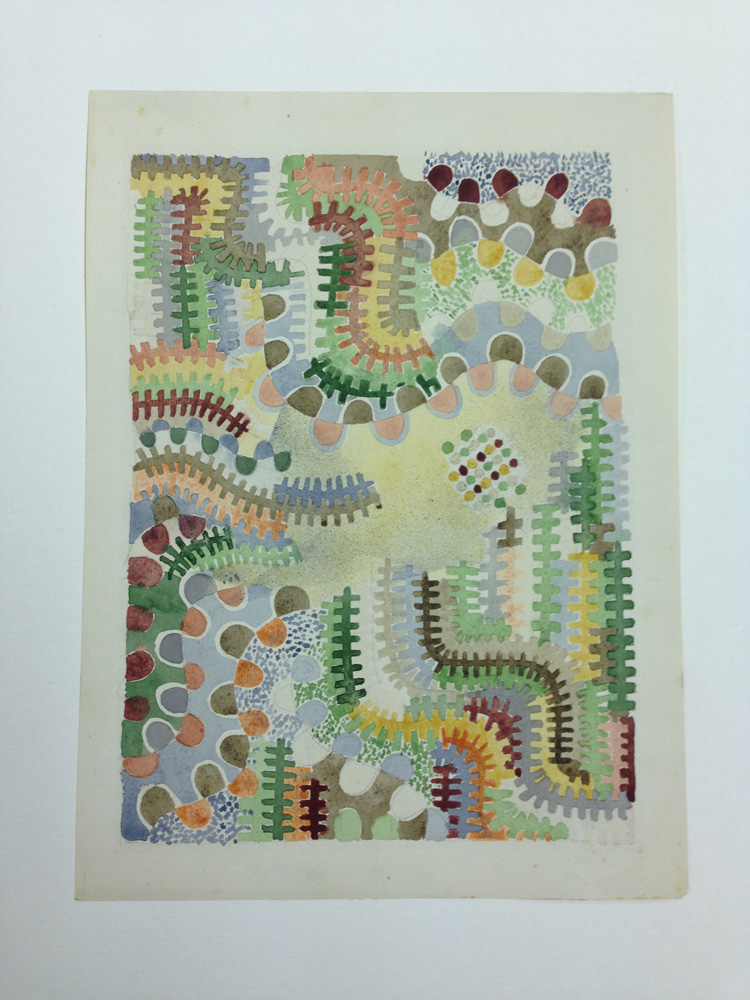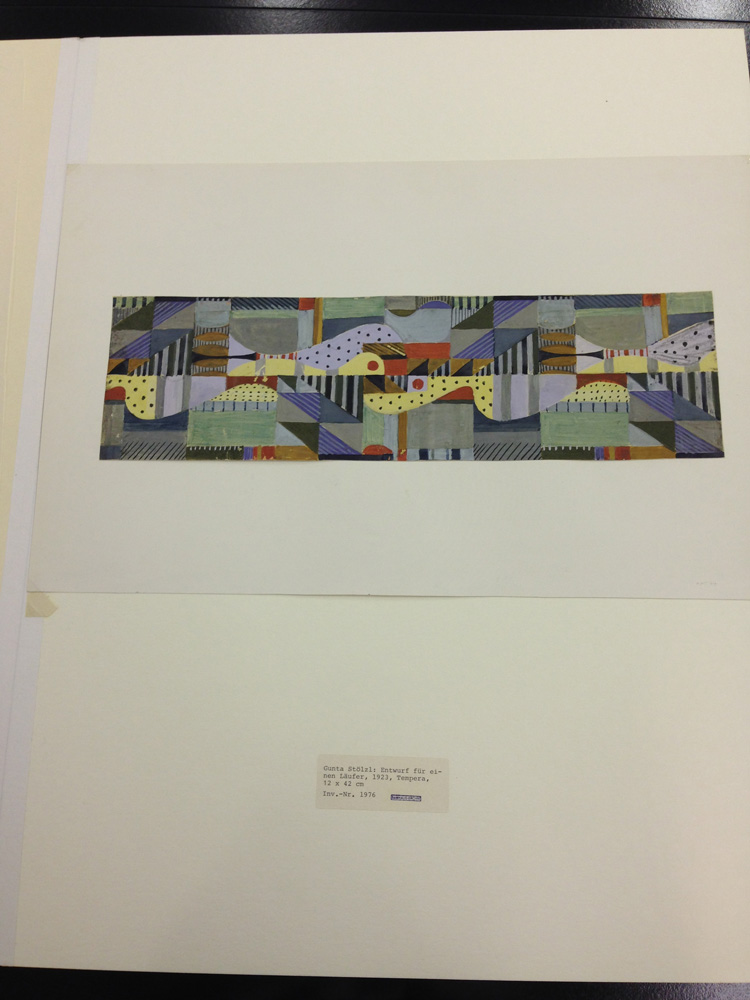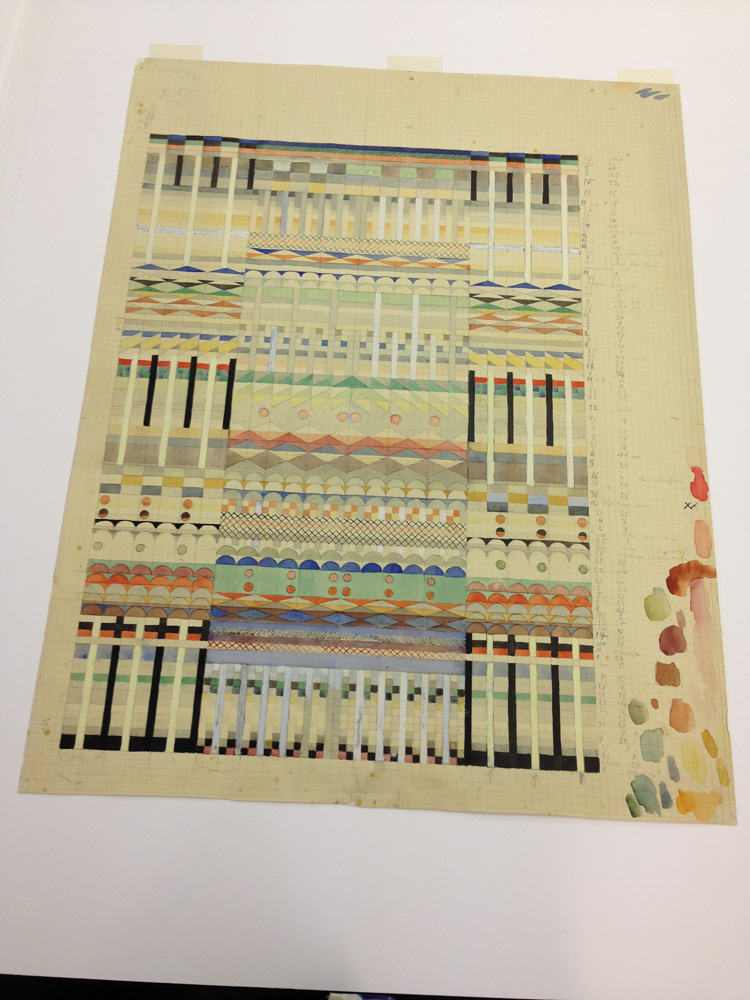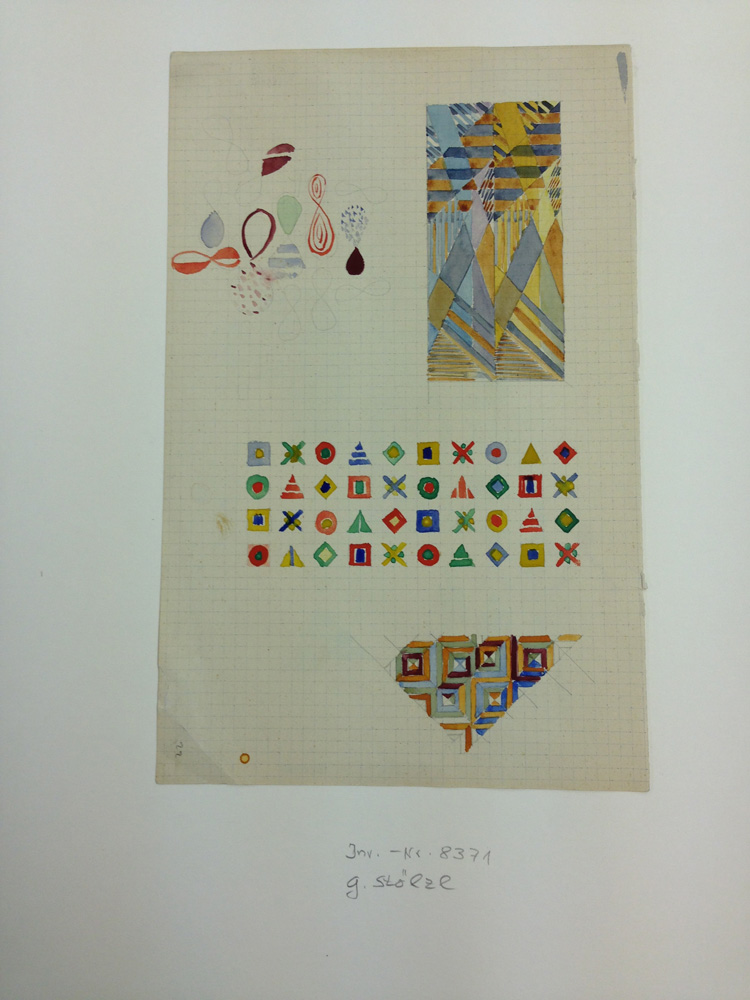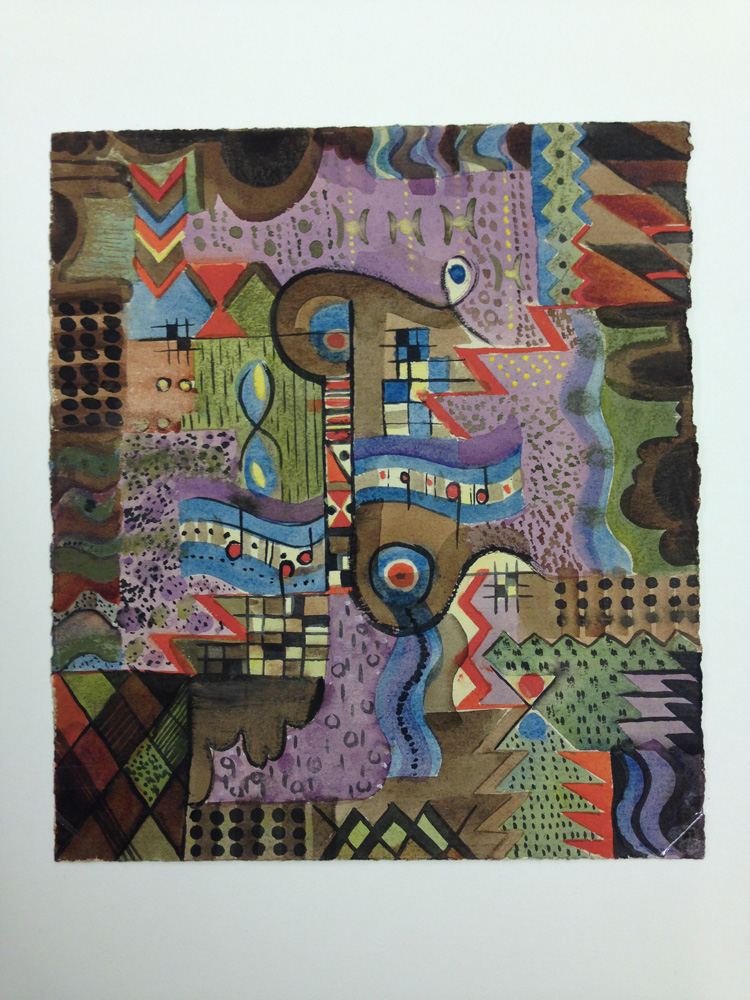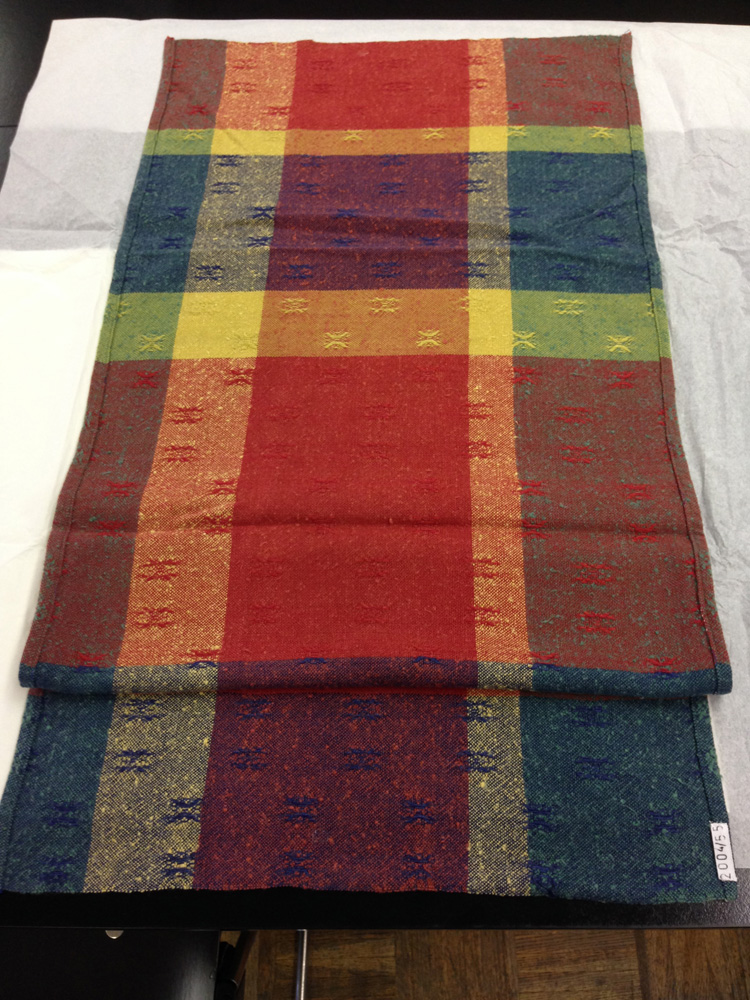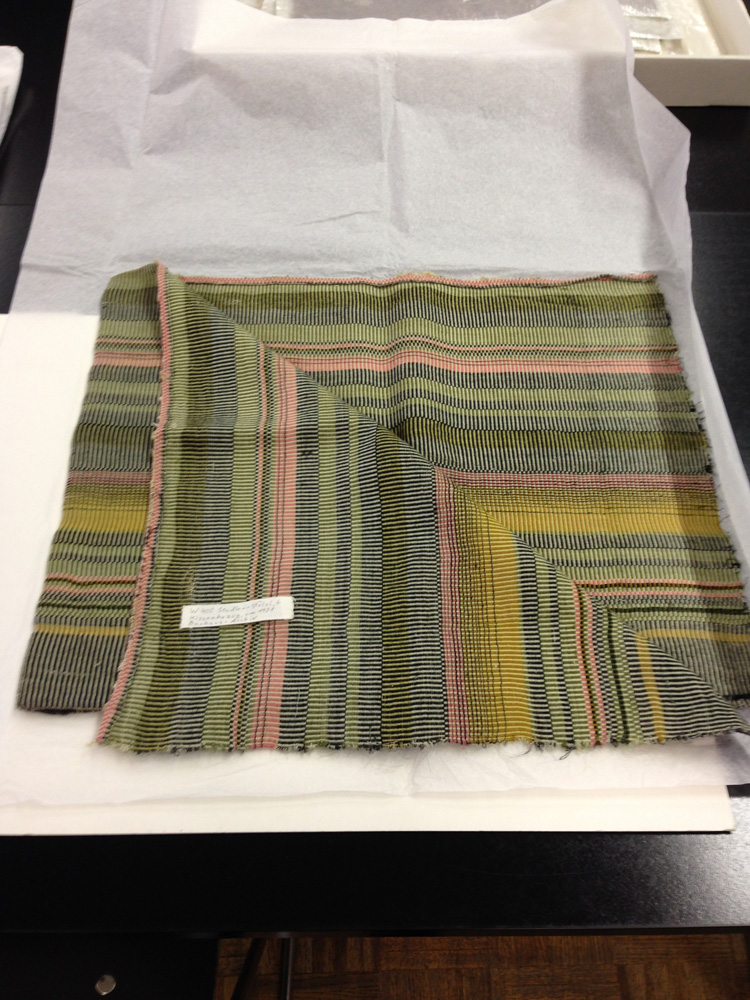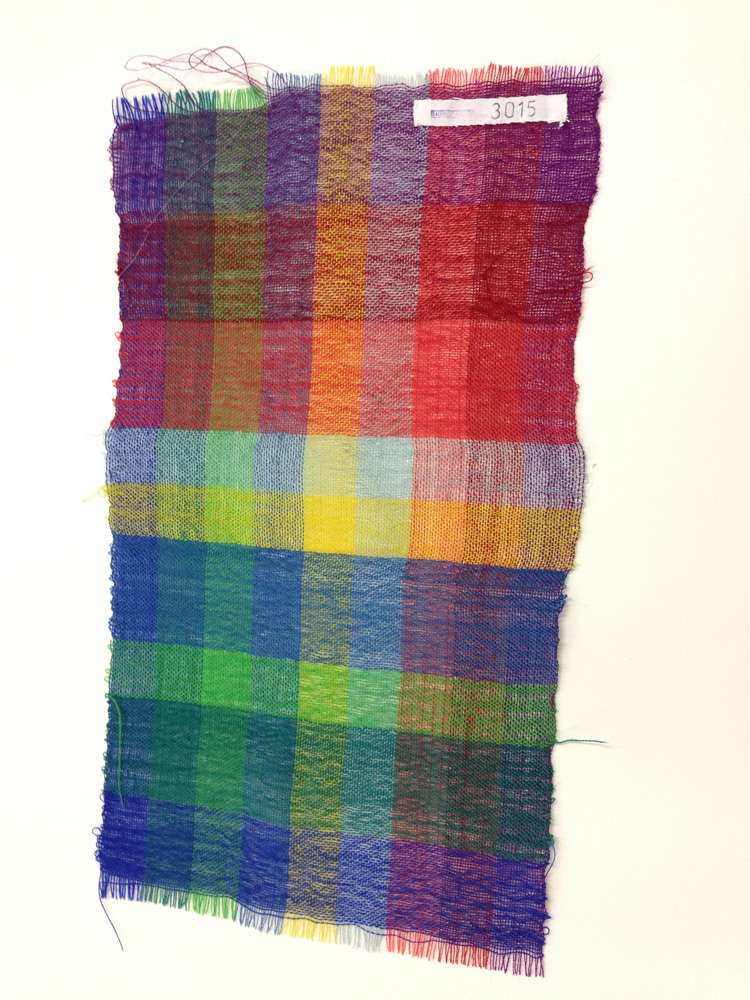Simone Meltesen
Grant awarded Fall 2014
website:
simonemeltesen.com
In January of 2015 I traveled on a Kossak Travel Grant to Berlin, Germany, to do research on the women of the Weaving Workshop of the Bauhaus. I spent 4 days in the Bauhaus Archive in Berlin, making my way through thousands of fabric samples – and a number of sketches and designs by the women of the Weaving Workshop. Additionally, I traveled to the Dessau, and toured the Bauhaus building, which Walter Gropius designed, and which served as the Bauhaus school from 1925-32.
I was interested in the weaving workshop of the Bauhaus as a kind of secret doorway to modernism and especially abstraction, as this is one site where women played a central role in modernism. Despite being a supposedly egalitarian school, women were usually placed in the weaving workshop after their initial art training. These women took their artistic training and ran with it in the weaving workshop, pulling the workshop out of the old-school traditionally pictorial textile design world and into the modernist world of abstraction.The tapestries, rugs, and wall hangings that Gunta Stolzl, Otti Berger, Anni Albers, and others produced are major works of modernist abstraction in their own right. These textile works fall outside the male gaze of what a masterpiece is because craft/decoration is considered lesser by the patriarchy. It is this slippery space between art and decoration that I am interested in.
While in the Bauhaus Archive in Berlin, I was given box after box of textile samples to look through. Some were original designs by the women of the weaving workshop, and others were books of textile samples that were used to teach. Many women of the weaving workshop started out as students and after their training, often became teachers in the weaving workshop. Gunta Stolzl was a student, then teacher, then became the head of the weaving workshop. It was fascinating to see her original works, her designs, and her teaching tools all together.
The sheer volume of designs and test swatches by Stolzl, Berger, Albers, and many other women, all exhibiting minute and seemingly endless variations in patterns, texture, and color interaction, speak to the endless experimentation that is possible when working with a grid. I was inspired by my intensive research to go back into my studio and start working on making abstract paintings where patterning was key. The loosely painted plaids in my paintings reference the grid, and it’s importance to fabric and weaving (the literal warp and weft of the canvas). The Kossak Travel Grant allowed me to travel and do the research I needed to do to get to the next stage of my painting practice, and for that I am very grateful.
